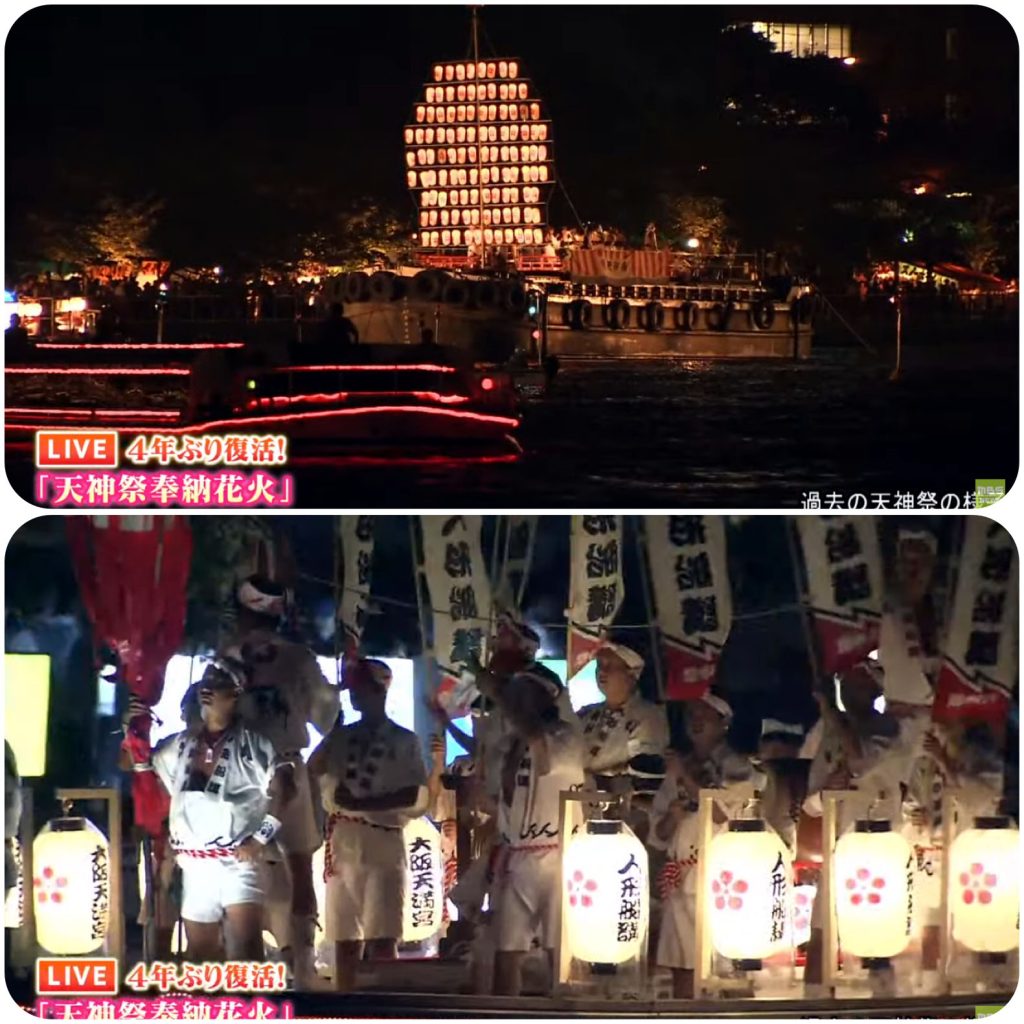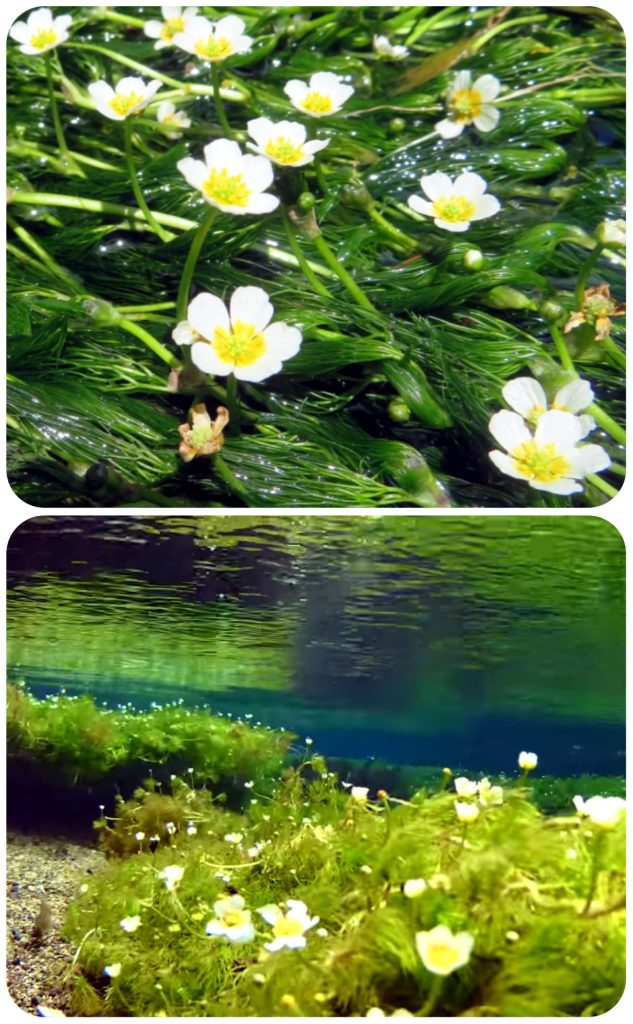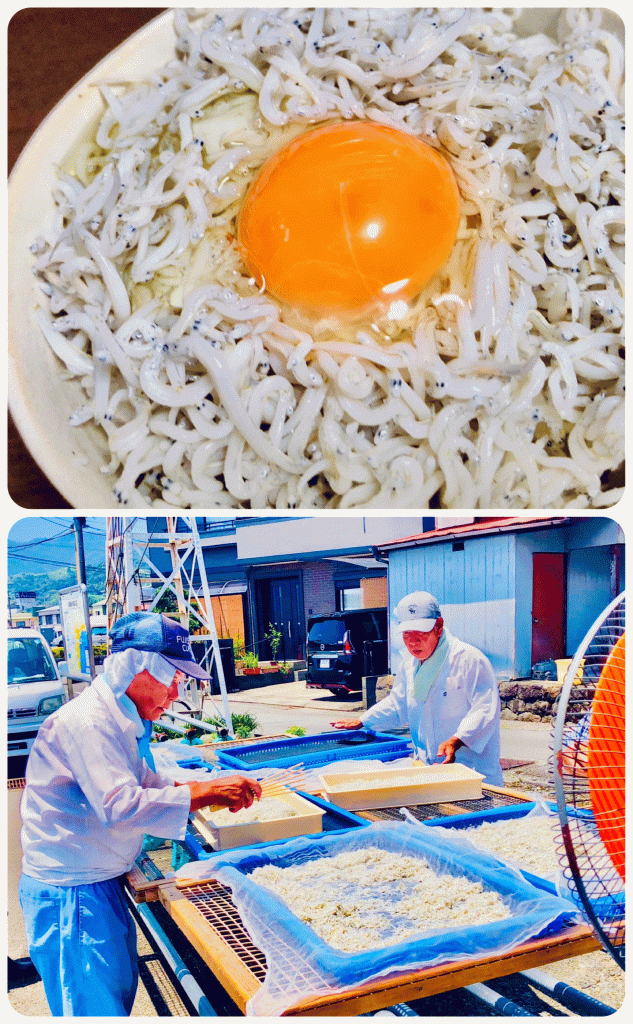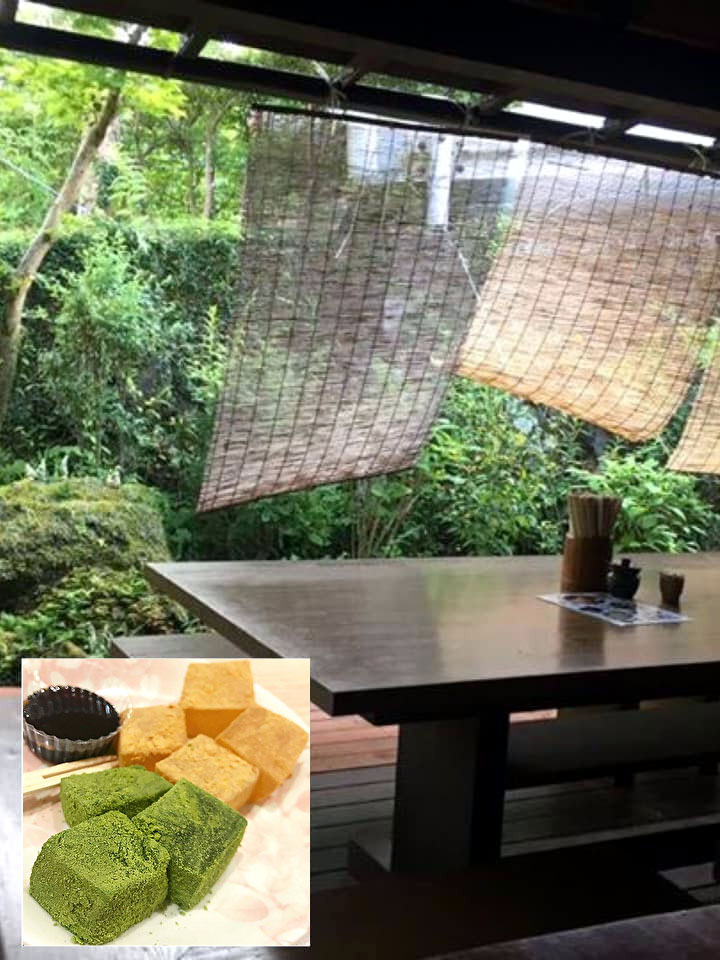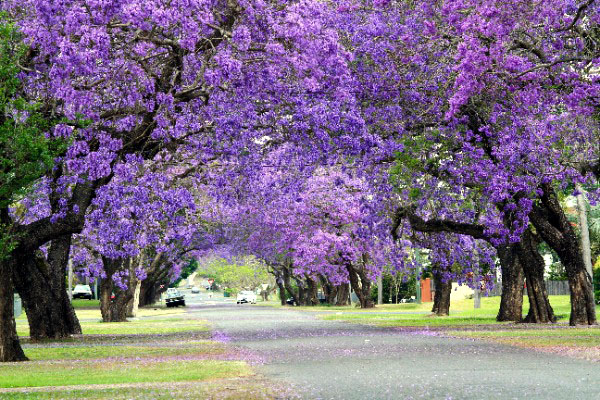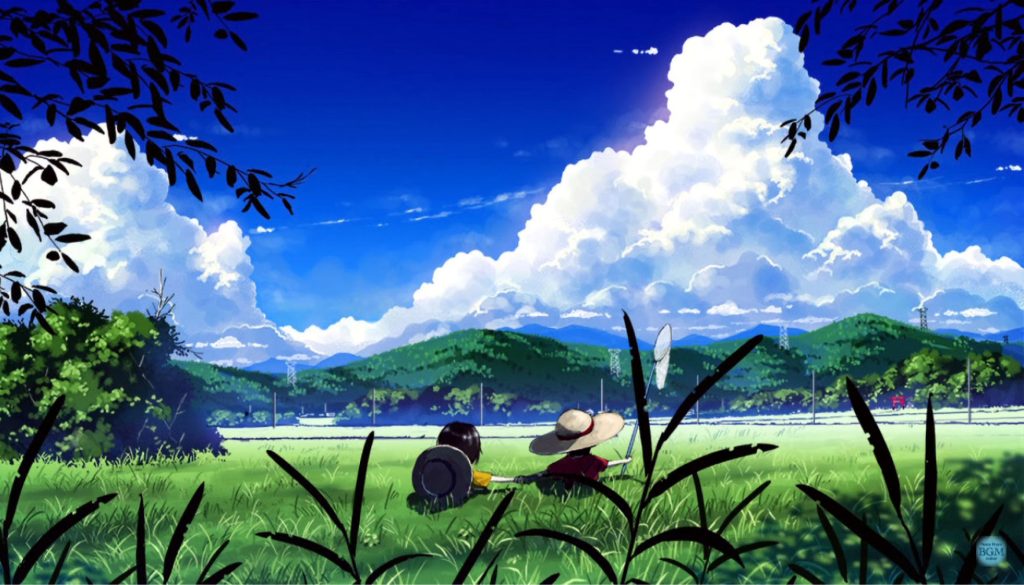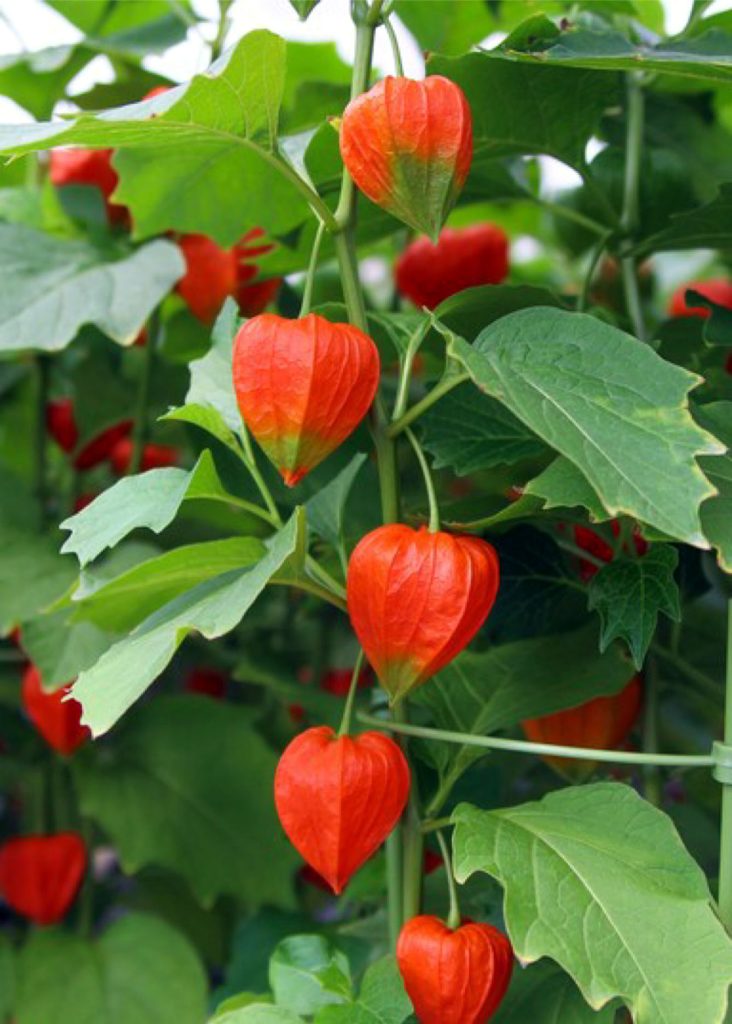
On both sides of the temple town’s approach in the sunset, red Hozuki hang like bells. Ahead, two women in yukata, perhaps heading to a Bon dance, have fans tucked into their obi sashes. I take out my smartphones, first capturing the Hozuki and then attempting to photograph the yukata-clad women in front of me. When I look up, the two women have vanished. It feels like I was spirited away by a fox. Perhaps the two women were merely illusory creations conjured by these Hozuki. It’s a mysterious experience that leads me to think that way. Come to think of it, the origin of the name Hozuki seems to be related to the cheek when it comes to sound, and when written in kanji, it is written as ‘鬼の灯’ (ogre’s light), so the sound and spelling are completely inconsistent.The origin of the kanji ‘鬼灯’ likely comes from the resemblance of the red fruit to a traditional Japanese lantern. As ‘鬼’ refers to deceased individuals, it is probably connected to the custom of offering lanterns as a guiding light during the Bon festival. By the way, in English, the Hozuki is called the ‘Chinese lantern plant.
昏れなずむ寺町の参道の両脇に赤くなったホオズキが鈴なりに垂れ下がっています。その先に浴衣姿の女性が二人、盆踊りにでも行くのか、背中の帯に団扇を差しています。スマホを取り出し、先ずホオズキを撮り、次に、前を行く浴衣姿の女性の撮ろうと先を見たら、二人の女性はいません。狐に摘まれた感じです。ひょっしたら、二人の女性は、このホオズキ達が作り出した幻影かもしれません。そう思える様な不思議な体験です。そう言えば、ホオズキの名の由来は、音は頬に関連がありそうだし、漢字で書くと鬼の灯と書くから、音と表記では全くチグハグ。鬼灯の漢字の由来は、赤い実の見た目が提灯に似ていることからきたのでしょうし、「鬼」は亡くなった人のことだから、まさしくお盆のお燈明に見立てて鬼灯となったのでしょう。因みに英語ではホオズキはChinese lantern plantといいます。

